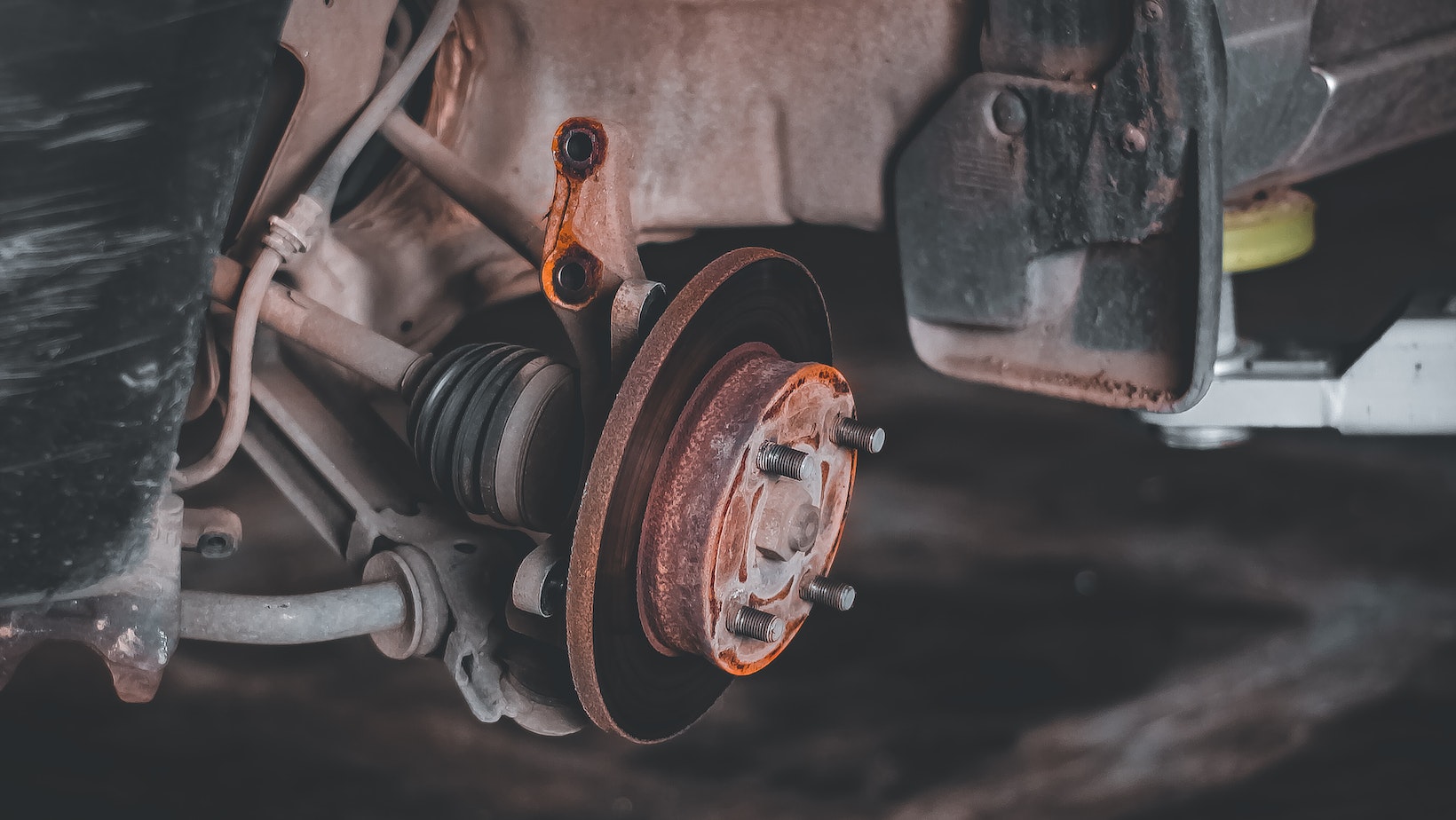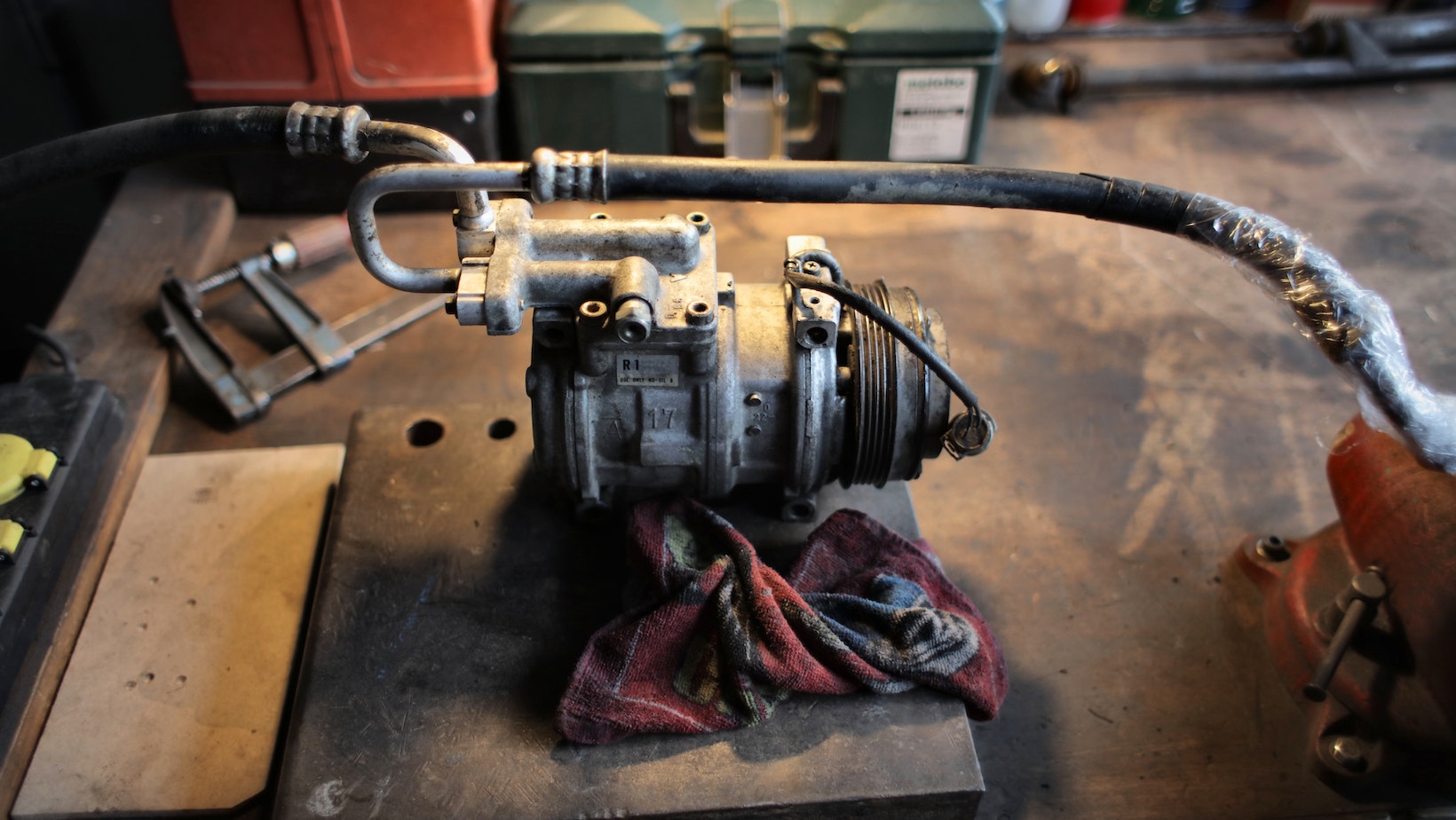 Cost to Repair Rust on Car
Cost to Repair Rust on Car
As a car owner, one of the challenges you may face is dealing with rust on your vehicle. Rust not only affects the appearance of your car, but it can also lead to serious structural damage if left untreated. So, how much does it cost to repair rust on a car? Well, the answer depends on several factors such as the extent of the rust damage and the type of repair needed.
When it comes to repairing rust on a car, there are various methods that can be used. For minor surface rust, you may be able to tackle the problem yourself by using products like rust converters or sanding down and repainting the affected area. These DIY solutions can be relatively affordable, costing anywhere from $20 to $100 depending on the size of the affected area and the quality of materials used.
However, if the rust has penetrated deeper into your car’s body panels or has caused significant structural damage, professional repairs will likely be necessary. In these cases, costs can escalate quickly as additional steps such as cutting out and replacing sections of metal or welding may be required. Depending on the severity of the damage and where you live, professional repairs for extensive rust can range from several hundred dollars up to thousands.
In conclusion, while minor surface rust repairs can be done at a relatively low cost with some DIY effort, more severe cases of rust damage often require professional intervention which can result in higher expenses. It’s crucial to address any signs of rust early on to prevent further deterioration and potentially save yourself from costly repairs in the future.

Why Does Rust Form on Cars?
Rust is a common problem that many car owners have to deal with. It can be frustrating and costly to repair, but understanding why rust forms on cars can help prevent it from happening in the first place.
- Exposure to Moisture: One of the main culprits behind rust formation is moisture. When a car is exposed to rain, snow, or even high humidity levels over an extended period, water can seep into tiny cracks or scratches in the paintwork. This trapped moisture then reacts with the metal components of the car, leading to oxidation and eventually rust.
- Road Salt and Chemicals: In areas where winter weather brings snow and ice, road salt is often used for de-icing purposes. While effective at melting ice, road salt can accelerate rust formation on cars. The salt mixes with melted snow and attaches itself to the vehicle’s surface. Over time, this corrosive mixture eats away at the protective paint layer, leaving the metal vulnerable to rusting.
- Lack of Protective Coatings: Car manufacturers apply various protective coatings during production to safeguard against rust formation. However, these coatings can wear off over time due to regular use or exposure to harsh environmental conditions. Once these protective layers are compromised or worn away completely, the underlying metal becomes susceptible to corrosion.
- Environmental Factors: Certain environments contribute more heavily to rust formation than others. For instance, coastal areas with high levels of salt in the air have increased potential for accelerated corrosion on vehicles parked nearby as compared to inland regions.
- Poor Maintenance Practices: Neglecting regular maintenance such as washing your car regularly and applying wax or sealant can leave your vehicle more vulnerable to rust formation. Dirt buildup and neglecting small scratches provide opportunities for moisture retention and subsequent oxidation.
Preventing Rust Formation:
Understanding why rust forms on cars allows us to take proactive measures in preventing its occurrence:
- Wash your car regularly, especially during winter months or after driving on salted roads.
- Apply a protective wax or sealant to create an extra barrier against moisture.
- Address scratches and chips in the paintwork promptly by using touch-up paint to prevent water from reaching the metal surface.
- Consider rust-proofing treatments that can provide added protection for vulnerable areas, such as the undercarriage.
By being proactive and taking preventative measures, you can reduce the risk of rust formation on your car and potentially save yourself from costly repairs down the road.

 Cost to Repair Rust on Car
Cost to Repair Rust on Car





































